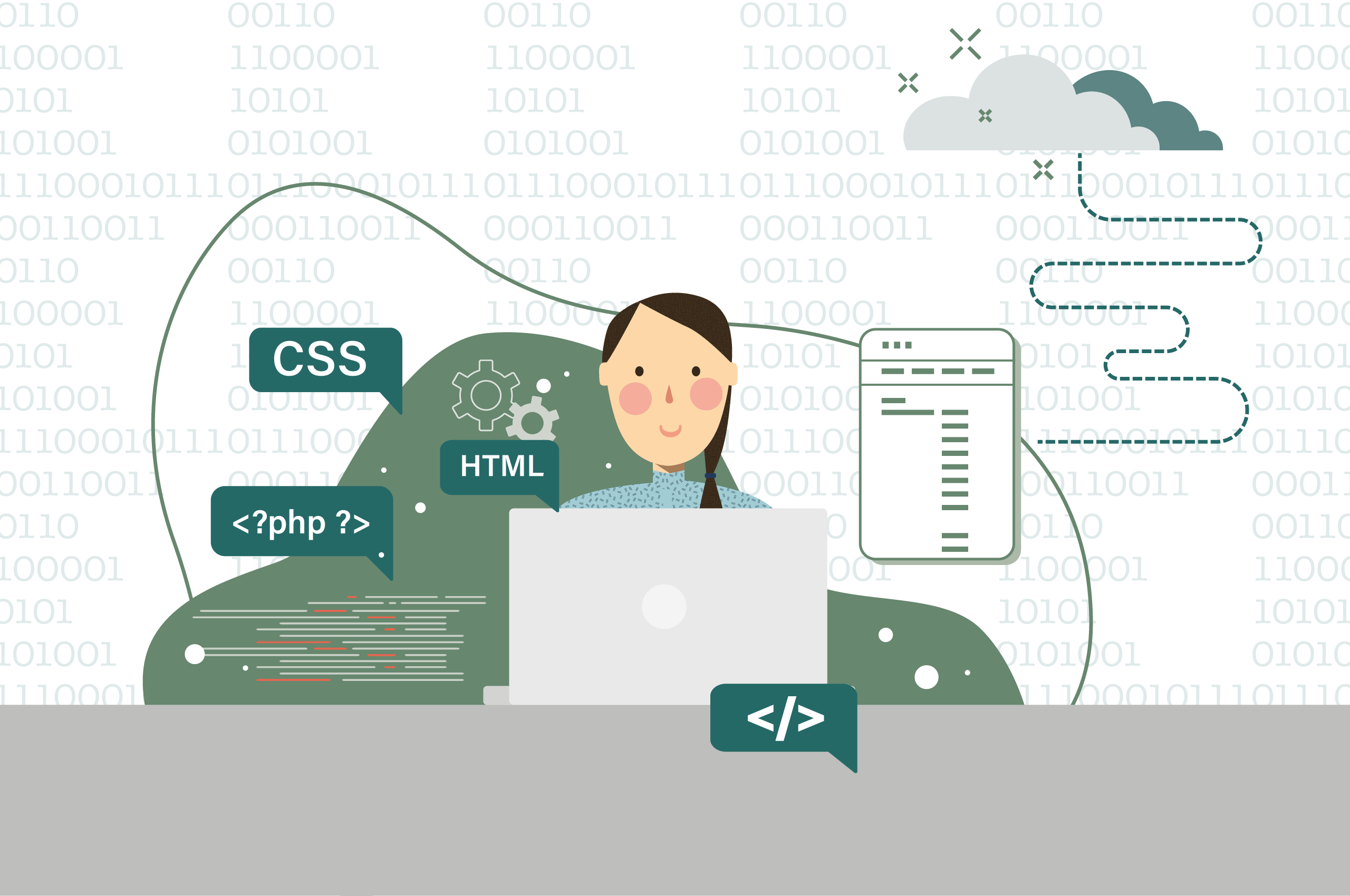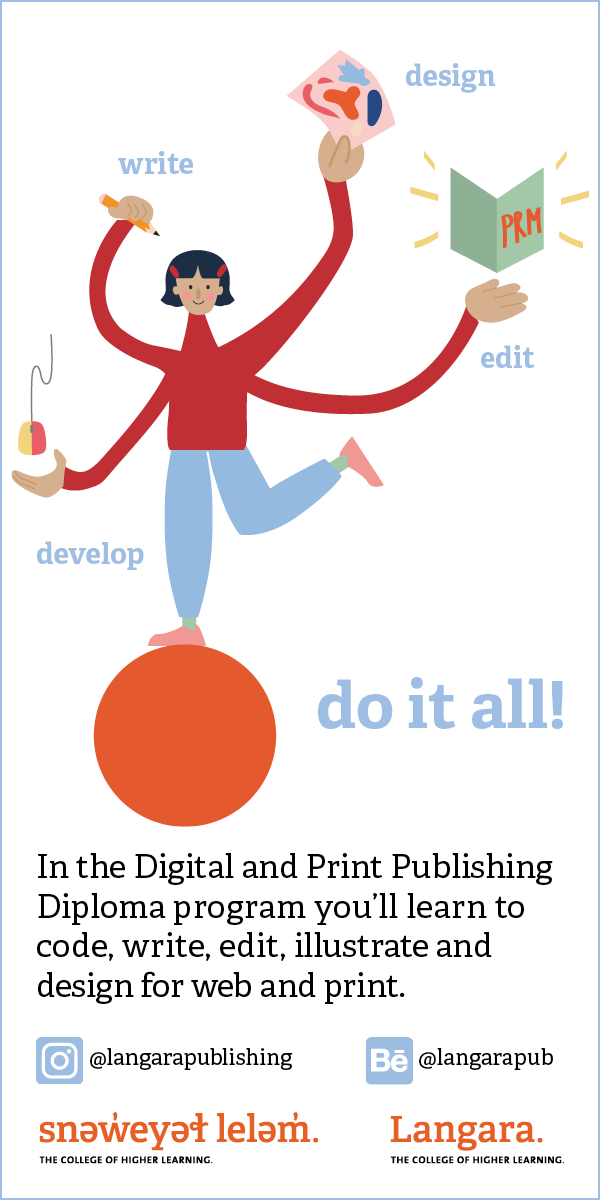PRM’s Front End Developers Kirin Gosselin and Alayna Fairman talk about what it’s like to bring the website to life, making sure that every aspect of the original design is taken into account.
Question: What did you find most challenging about the position?
Alayna: I think keeping code straight is one of the most challenging aspects. It’s a different language, and even within that language, you’re jumping between HTML, CSS, and PHP. Keeping those languages organized, and knowing when to apply them effectively, can be a bit mind-bending sometimes.
Q: How did you divide the workload?
Kirin: Well, Alayna took on the header and footer, and I started working on the index and archive pages. We got a spreadsheet going so we could keep track of the pages and who was working on what, and then Alex checked it over; because he is our source accessibility person for the group.
Q: Do you think your roles would have been easier without the barrier of working remotely?
A: In general, it’s harder working remotely because you don’t have the same ability to collaborate with people. You can’t walk two feet to talk to somebody, see what that person is doing, or bounce ideas back and forth as quickly. Everyone is amazing at connecting and working remotely. There’s no issue there— but it’s not as fluid. It takes a bit more time. And I miss Mac computers; my computer’s just…I could fry eggs on this thing after a day of work.
K: I think working from home is a bit hard because you associate your home with relaxing, and now you have to switch over to work mode. It’s hard to get that going.
Q: What do you enjoy the most about your jobs?
K: When something you coded in two minutes actually works the first time.
A: There’s something really satisfying about being able to type words in these particular languages and see them translated into something visual: an image or a design, for example.
Q: What did you find most useful for time management?
A: I think it was prioritizing the most important pieces of the website. Starting with the main content, the index, and the archives that Kirin was working on—then moving to the header, footer, and some of the smaller pages. Also, having a general idea of when we need to have the majority of those things done for the QA (Quality Assurance) team. Learning when to leave the finicky details, and finish the bigger stuff is also a challenge. When you’re on a single page, you want to make it work perfectly, but that can take a lot of time. It’s a bit of a struggle trying to figure out when to move on.
Q: Do you think you’ll look for web design work in the future?
K: I think so, I really like coding. I’m open to looking for a job that revolves around it.
A: I definitely want to explore it more and take more time with it, because it is such an interesting interface and we can do so much with it.
Q: What would you carry from this experience into a future career?
A: I think the coding and technical skills are essential. But for me, it’s being able to see what is possible to create. The designers will ask us to make something, and then we have to figure out how to replicate that in code. It has opened up the extreme capability of coding and what you can do with it.






